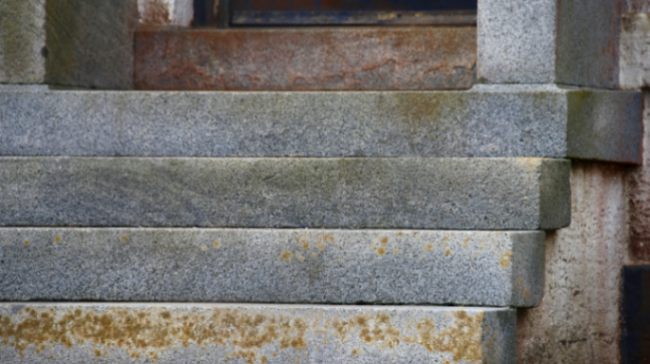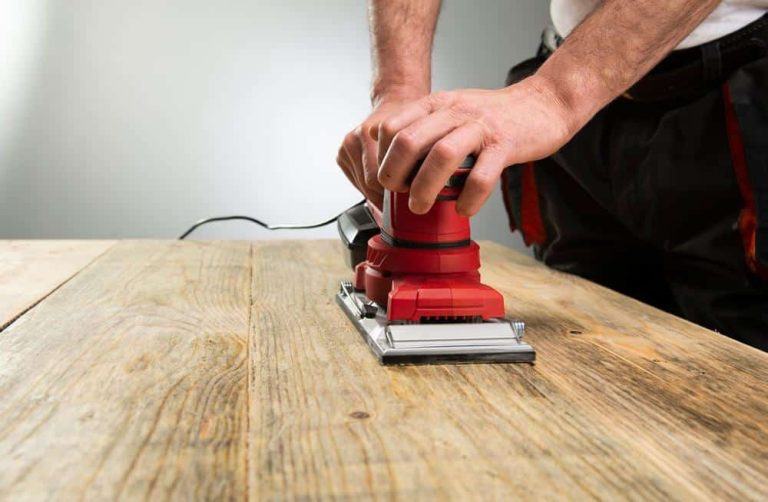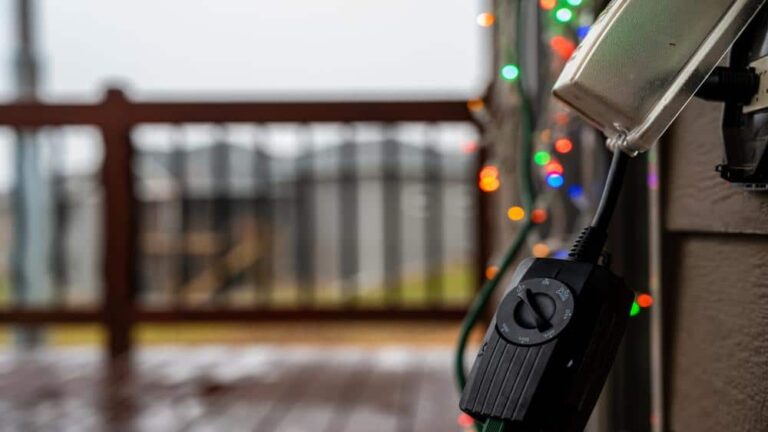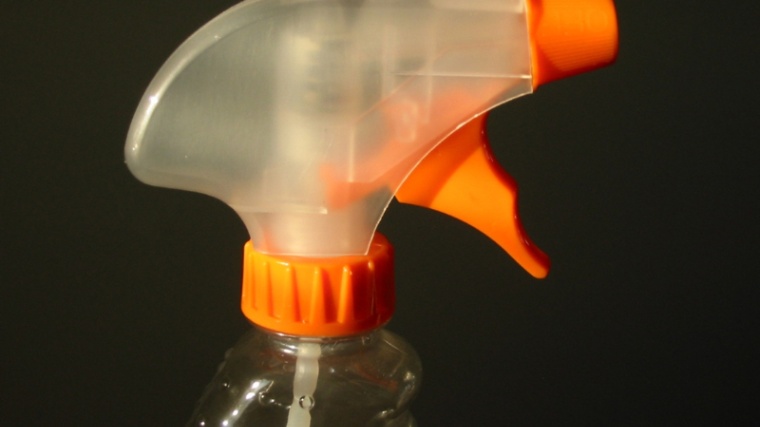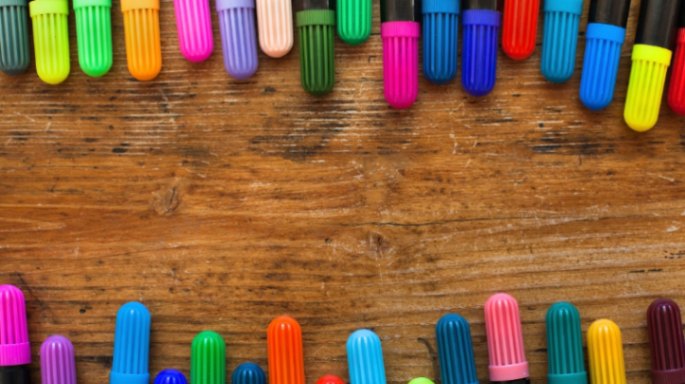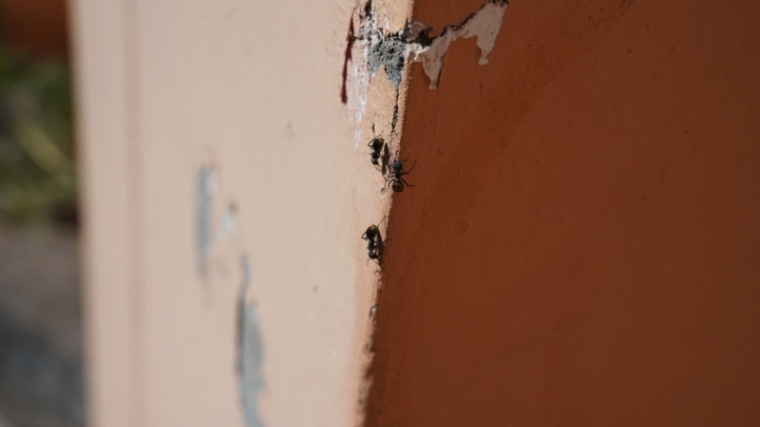Painting aluminum is essential for improving the appearance and durability of aluminum surfaces. Aluminum is a popular material for various applications due to its lightweight, strength, and resistance to corrosion. However, over time, the surface of aluminum can become dull or corroded due to exposure to weather and environmental factors. Painting aluminum is an effective way to protect and enhance the appearance of aluminum surfaces. In this article, we will learn how to paint aluminum surfaces with our step-by-step guide, including tips and tricks for a smooth and long-lasting finish.
The process of painting aluminum involves several steps, including cleaning the surface, removing any existing paint or coating, sanding the surface, filling in any dents or scratches, applying a primer, choosing the right paint, and applying the paint using the appropriate technique. It is essential to follow these steps carefully to ensure the paint adheres properly and lasts long.
The benefits of painting aluminum are numerous. Painting can protect the surface of aluminum from the effects of weathering and corrosion, which can extend the life of the material. It can also provide a decorative finish, allowing for customization of the color and appearance of the surface. Additionally, painted aluminum surfaces are easier to clean and maintain than unpainted surfaces, saving time and effort in the long run.
Understanding Aluminum
Aluminum is a versatile metal with a wide range of applications due to its unique properties. In this article, we will discuss the properties of aluminum, its advantages and disadvantages, and its common uses in everyday life.
Properties of aluminum
Aluminum is a lightweight, non-magnetic, and corrosion-resistant metal. It is also an excellent conductor of electricity and has a high strength-to-weight ratio. These properties make aluminum ideal for various applications, including construction, transportation, and electronics.
Advantages and disadvantages of aluminum
Advantages
One of the main advantages of aluminum is its lightweight, which makes it ideal for use in vehicles, aircraft, and other applications where weight is a concern. Additionally, aluminum is highly recyclable and has a lower carbon footprint than other metals, such as steel.
Disadvantages
However, aluminum is also relatively soft and prone to scratching and denting. It can also be more expensive than other materials and requires special welding techniques.
Typical uses of aluminum in everyday life
Aluminum, including cans, foil, and cookware, is used in everyday products. It is also used in construction for window frames, roofing, and siding and in transportation for car parts, airplane bodies, and bicycle frames. Aluminum is also commonly used in electronics for wiring and as a heat sink to dissipate heat from electronic components.
In conclusion, aluminum is a versatile and widely used metal with various unique properties. Its lightweight, corrosion resistance, and conductivity make it ideal for multiple applications in everyday life. While it does have its disadvantages, its advantages make it a valuable material for many industries.
How to Paint Aluminum: A Comprehensive Guide
Preparing the Surface
Properly preparing the surface is crucial when painting aluminum. Below are the steps that need to be taken to ensure the surface is clean, smooth, and ready for painting.
Cleaning the aluminum surface
The first step is to clean the surface of the aluminum thoroughly. This will remove any dirt, grease, or other contaminants that may prevent the paint from adhering correctly. A mixture of water and mild detergent or a specialized aluminum cleaner can be used for this purpose.
Removing any existing paint or coating
If there is any existing paint or coating on the surface, it must be removed before applying a new coat. This can be done using sandpaper, a paint stripper, or a wire brush, depending on the type of coating and the condition of the surface.
Sanding the surface
After cleaning and removing any existing coating, the surface must be sanded lightly to create a rough texture that will help the paint adhere properly. Sandpaper with a grit of around 120 to 220 can be used for this purpose.
Filling in any dents or scratches
If there are any dents or scratches on the surface, they must be filled in using a suitable filler. This will help to create a smooth surface for painting. Once the filler has dried, the surface can be sanded again to ensure it is even.
Applying a primer
Finally, a primer must be applied to the surface. This will help the paint adhere better to the aluminum and provide additional protection against corrosion. A suitable primer for aluminum should be used, and it should be applied evenly using a brush or a spray gun.
In conclusion, preparing the surface of the aluminum is a crucial step when painting it. By cleaning it thoroughly, removing any existing coating, sanding it, filling in any dents or scratches, and applying a primer, you can ensure the surface is smooth and ready for painting. This will help to ensure a long-lasting and attractive finish.

Choosing the Right Paint
After preparing the aluminum surface, choosing the right paint for the job is essential. Below are some factors to consider when selecting paint for aluminum and some tips for picking the right color.
Types of paint suitable for aluminum
Several types of paint are suitable for use on aluminum surfaces. The most common options include epoxy, acrylic, and oil-based paint. Each type of paint has unique advantages and disadvantages, so choosing the one best suited for your specific project is essential.
Factors to consider when choosing paint
When choosing paint for aluminum, it is essential to consider factors such as the location of the surface, the level of exposure to the elements, and the desired level of gloss or finish. For example, if the surface is outdoors and exposed to much sunlight and moisture, choose a paint specifically designed to withstand these conditions.
How to pick the right color
When picking the right color for your aluminum surface, there are a few things to keep in mind.
- First, consider the overall color scheme of the surrounding area. If the surface is part of a larger structure or object, choose a color that complements or matches the surrounding colors.
- Another factor to consider is the level of heat absorption. Darker colors tend to absorb more heat than lighter colors, which may be a concern if the aluminum surface is in a sunny area or is exposed to high temperatures.
- Finally, consider the level of maintenance required for the surface. Lighter colors show dirt and grime more quickly than darker colors, which may require more frequent cleaning.
In conclusion, choosing the right paint for aluminum requires careful consideration of factors such as location, exposure to the elements, and desired finish. By selecting the correct type of paint and color, you can ensure that your aluminum surface looks great and provides long-lasting protection against the elements.

Painting Techniques
Once you have prepared the aluminum surface and chosen the right paint, it’s time to start painting. Several techniques can be used to apply paint to aluminum surfaces. Below are some of the most common methods:
Spray painting
Spray painting is a popular technique for painting aluminum surfaces, particularly for large surfaces or those with complex shapes. Spray painting involves using a spray gun to apply an even coat of paint over the surface. It is essential to use proper safety equipment when spray painting, such as a respirator mask and eye protection.
Brush painting
Brush painting is a more traditional technique that involves using a paintbrush to apply the paint. Brush painting is typically used for smaller surfaces or those with intricate details. This technique allows for greater precision and control over the application of the paint.
Roller painting
Roller painting involves using a roller to apply the paint to the surface. This technique is often used for large, flat surfaces like walls or ceilings. It can be a quick and efficient way to apply paint to large areas.
Airless painting
Airless painting is a technique that involves using a particular spray gun that uses high pressure to atomize the paint, eliminating the need for compressed air. This technique is often used for larger surfaces or those requiring a thicker paint coating.
Other techniques
Many other techniques, such as dip coating, electrostatic painting, and powder coating, can apply paint to aluminum surfaces. These techniques are typically used in industrial settings and require specialized equipment and training.
In conclusion, choosing the correct painting technique for your aluminum surface depends on several factors, such as the size and shape of the surface, the type of paint being used, and personal preference. By selecting the proper technique, you can achieve a smooth, even coat of paint that provides long-lasting protection and enhances the appearance of your aluminum surface.
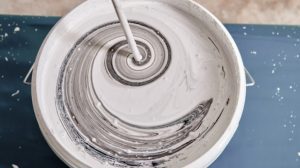
Painting Tips and Tricks
Painting aluminum surfaces can be a challenging task. However, you can achieve professional-looking results with the right tips and tricks. Here are some tips and tricks to help you get the job done:
Setting up your workspace
Before you start painting, setting up your workspace correctly is essential. Ensure you have enough space to move around and that the area is well-ventilated. Cover any nearby surfaces with plastic sheeting to protect them from paint splatters.
Mixing paint
If you’re mixing your paint, follow the manufacturer’s instructions carefully. Mix the paint thoroughly before use, and strain it through a paint strainer to remove any impurities.
Techniques for avoiding drips and streaks
- To prevent drips and streaks, start by applying a thin coat of paint and working in small sections.
- Use a paintbrush or roller to smooth out any bubbles or runs before they dry.
- Avoid overloading your brush or roller with too much paint, leading to drips and streaks.
Tips for achieving an even coat
To achieve an even coat of paint, use long, even strokes and overlap each stroke slightly. Be sure to keep a wet edge, which means applying paint to the adjacent area before the previous area dries. This will help to blend the color and avoid visible lines or seams.
Tricks for painting hard-to-reach areas
Use a smaller brush or roller when painting hard-to-reach areas, such as corners or edges. You can also use a paint sprayer to apply a fine mist of paint to these areas. Alternatively, you can use masking or painter’s tape to protect adjacent surfaces and create sharp lines.
In conclusion, following these tips and tricks can achieve a smooth, even coat of paint on your aluminum surface. Remember to take your time and work carefully. Feel free to experiment with different techniques to find the best for you.
Curing and Finishing
After you’ve painted your aluminum surface, allowing the paint to cure properly and applying a topcoat or clear coat for added protection is essential. Here are some tips to help you with fixing and finishing your aluminum paint job:
How to ensure the paint cures properly
To ensure that your paint cures properly, ensure the temperature and humidity are within the recommended range for the type of paint you’re using. The curing process can take several days or weeks, so be patient and avoid handling or exposing the painted surface to moisture or abrasion.
The importance of allowing the paint to dry completely
Before applying a topcoat or clear coat, it’s essential to allow the paint to dry completely. This typically takes several hours or overnight, depending on the paint type and the coat’s thickness. Avoid touching or handling the painted surface during this time, as it can cause smudging or damage to the paint.
Applying a topcoat or clear coat for added protection
Consider applying a topcoat or clear coat to add an extra layer of protection to your painted aluminum surface. This can help to prevent scratches, fading, and other types of damage. Follow the manufacturer’s instructions carefully and allow the topcoat or clear coat to dry completely before handling or exposing the painted surface.
In conclusion, curing and finishing your painted aluminum surface is essential for a durable and long-lasting paint job. By following these tips, you can ensure that your paint cures properly dries completely, and is protected from damage.
Maintaining Your Painted Aluminum
After painting your aluminum surface, it’s essential to properly maintain it to ensure it looks great and lasts as long as possible. Here are some tips for keeping your painted aluminum:
Tips for cleaning painted aluminum
To keep your painted aluminum looking its best, it’s essential to clean it regularly. Use a mild detergent and a soft sponge or cloth to gently clean the surface, avoiding harsh chemicals or abrasive materials that could damage the paint. Rinse the surface thoroughly with water and dry it with a soft cloth.
How often do repaint aluminum surfaces?
The frequency of repainting aluminum surfaces depends on various factors, including the type of paint used, the environment, and the level of wear and tear. Consider repainting your aluminum surfaces every 3-5 years to maintain their appearance and protect them from damage.
How to fix any chips or scratches?
Suppose your painted aluminum surface gets chipped or scratched. In that case, fixing it as soon as possible is essential to prevent further damage. Use fine-grit sandpaper to smooth out the affected area, then thoroughly clean the surface. Apply a small amount of touch-up paint to the site and allow it to dry completely. If the damage is more severe, you may need to sand and repaint the entire surface.
In conclusion, maintaining your painted aluminum surface is essential to keep it looking great and protect it from damage. Following these tips, you can keep your painted aluminum looking its best for years.
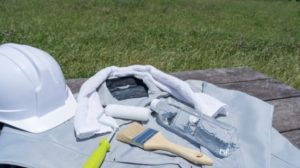
Safety Precautions
Painting aluminum can involve working with potentially hazardous materials, so taking safety precautions to protect yourself is essential. Here are some safety tips to keep in mind:
Protective gear needed
Wear protective clothing, such as gloves and safety glasses, to protect your skin and eyes from the paint and any other chemicals you may be working with. You may also want to wear a respirator or mask to prevent inhalation of paint fumes.
Ventilation requirements
Ensure you are working in a well-ventilated area to prevent the buildup of paint fumes, which can harm your health if you are working indoors. Open windows and use fans to improve air circulation.
Tips for avoiding inhalation or skin contact
Avoiding inhaling the fumes or getting the paint on your skin is essential when working with paint. Wear a respirator or mask to prevent inhalation of fumes, and use gloves to protect your skin. If you get paint on your skin, wash it off immediately with soap and water.
Dispose of materials properly
Properly dispose of paint and other materials according to local regulations. This may involve taking them to a hazardous waste disposal site or following other specific guidelines.
Following these safety precautions can protect yourself while working with paint and ensure a safe and successful painting process.
Frequently Asked Questions
Can you paint aluminum siding?
Yes, aluminum siding can be painted. However, it is essential to properly prepare the surface before painting and use the appropriate type of paint for the job.
How long does painted aluminum last?
The lifespan of painted aluminum can vary depending on factors such as the quality of the paint, the level of exposure to the elements, and the conditions in which the aluminum is used. Generally, painted aluminum can last for several years or more if properly maintained.
Can you paint anodized aluminum?
Yes, anodized aluminum can be painted. However, it is essential to properly prepare the surface before painting and use the appropriate type of paint for the job.
Can you paint aluminum windows?
Yes, aluminum windows can be painted. However, it is essential to properly prepare the surface before painting and use the appropriate type of paint for the job.
What is the best way to clean painted aluminum?
The best way to clean painted aluminum is by using mild detergent and water. Avoid using harsh chemicals or abrasive cleaners that can damage the paint.
How do you know if aluminum is clean enough to paint?
Wipe the surface with a clean white cloth to determine if the aluminum is pure enough to paint. If the fabric picks up any dirt or debris, continue cleaning until the material is clean.
How do you fix chipped or scratched painted aluminum?
To fix chipped or scratched painted aluminum, sand the affected area and apply touch-up paint to the damaged area.
How many coats of paint do you need for aluminum?
The number of coats of paint needed for aluminum can vary depending on the type of paint used and the condition of the surface. Generally, two coats of paint are recommended for the best results.
Is it possible to paint aluminum without a primer?
While it is possible to paint aluminum without a primer, using a primer can help improve adhesion and ensure better results.
Can you paint aluminum with acrylic paint?
Yes, aluminum can be painted with acrylic paint. However, it is essential to properly prepare the surface before painting and use the appropriate type of paint for the job.
Conclusion
In conclusion, painting aluminum is a great way to improve the appearance and durability of aluminum surfaces. You can achieve a long-lasting and beautiful finish by following the proper technique, including preparing the surface, choosing the right paint, curing and finishing the paint, and maintaining the painted aluminum.
It is essential to choose the right paint, take necessary safety precautions, and follow the proper steps to ensure that the paint cures appropriately and lasts for years. Painting aluminum provides various benefits, including protection against weathering and corrosion and the ability to customize the color and finish to suit your needs.
Remember to follow the recommended steps for painting aluminum, and maintain your painted surfaces to ensure they last as long as possible. With the right tools and techniques, painting aluminum can be a fun and rewarding project that improves the appearance and durability of your aluminum surfaces.
